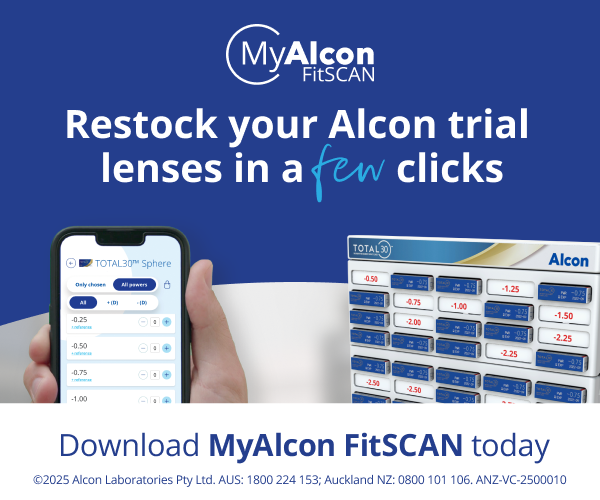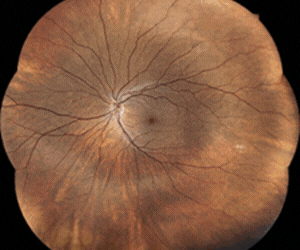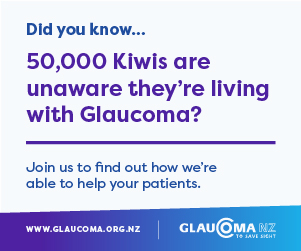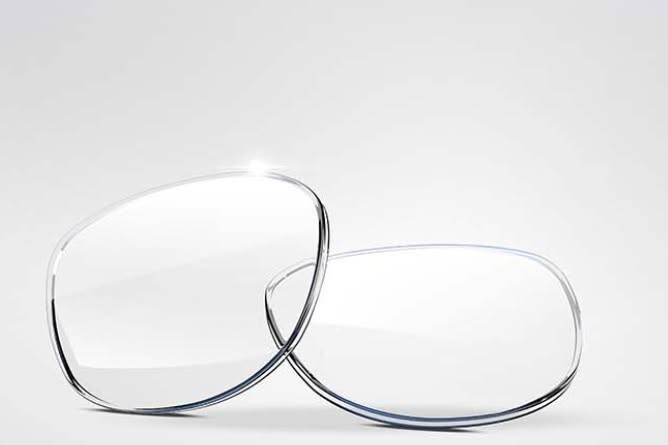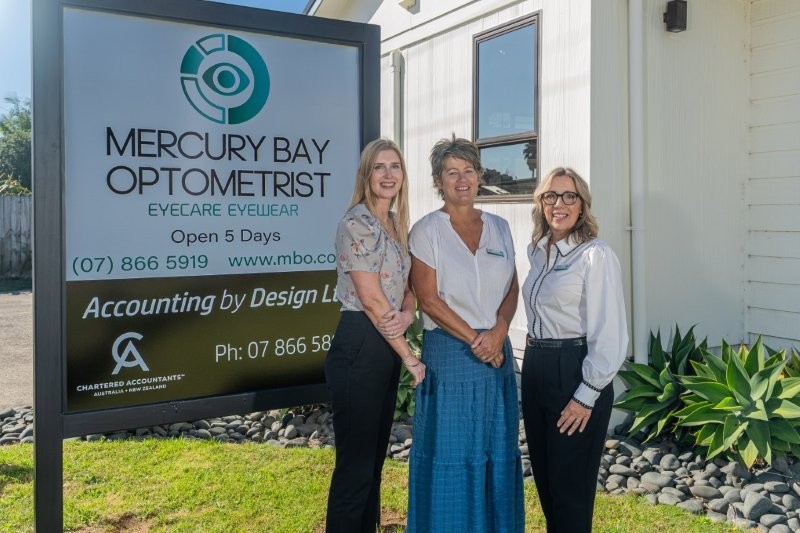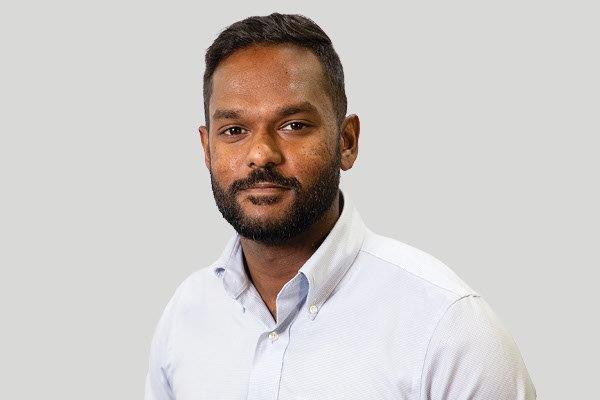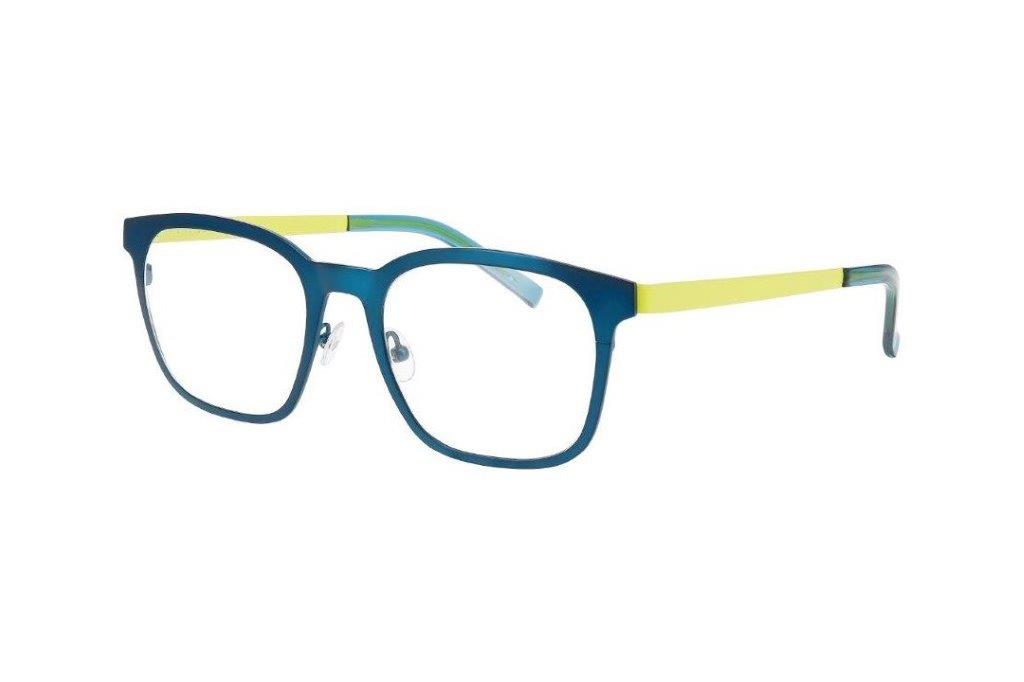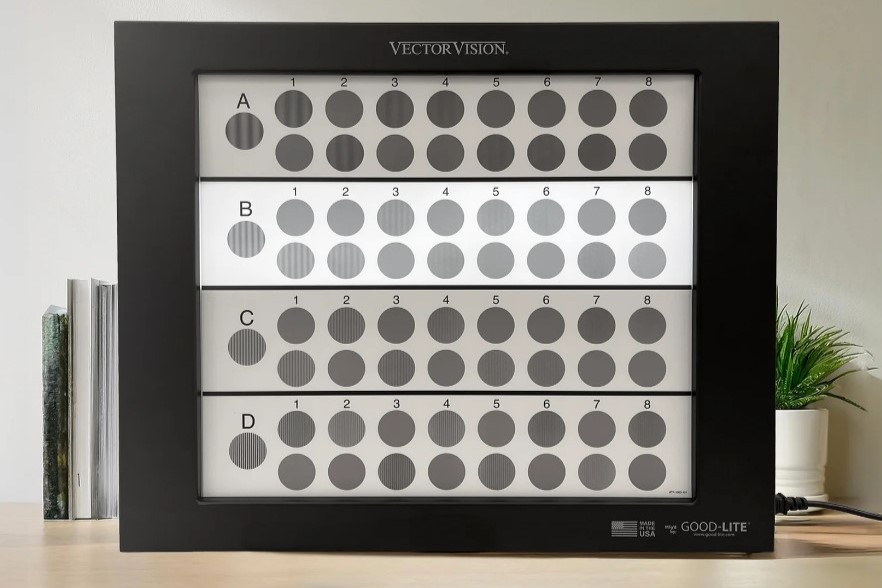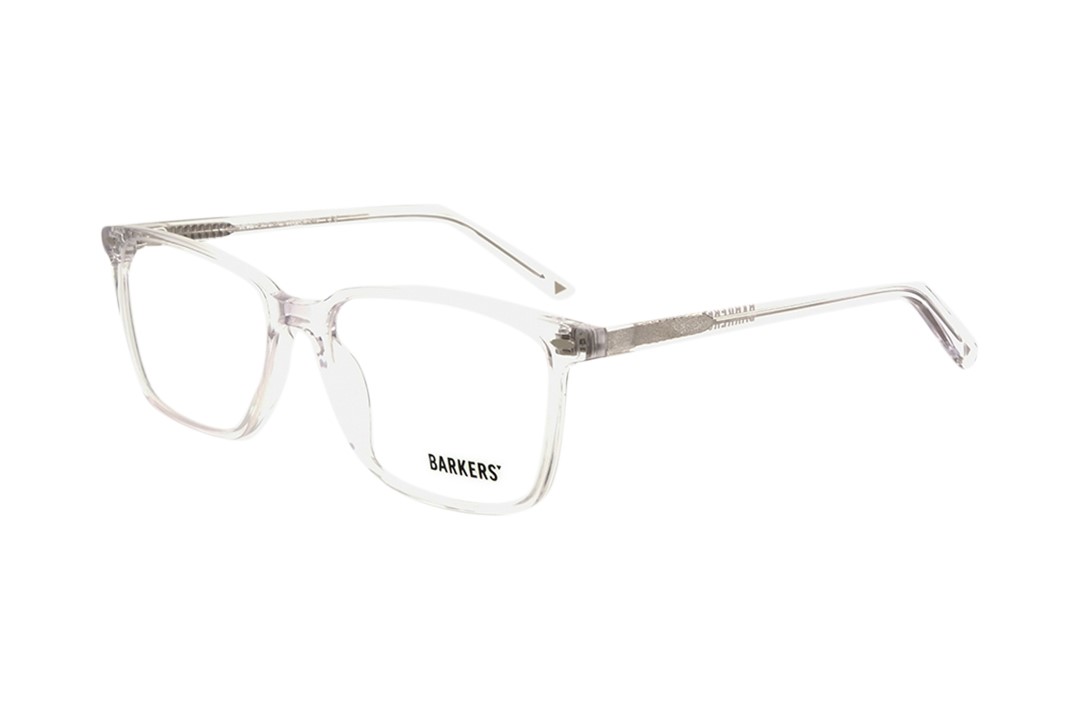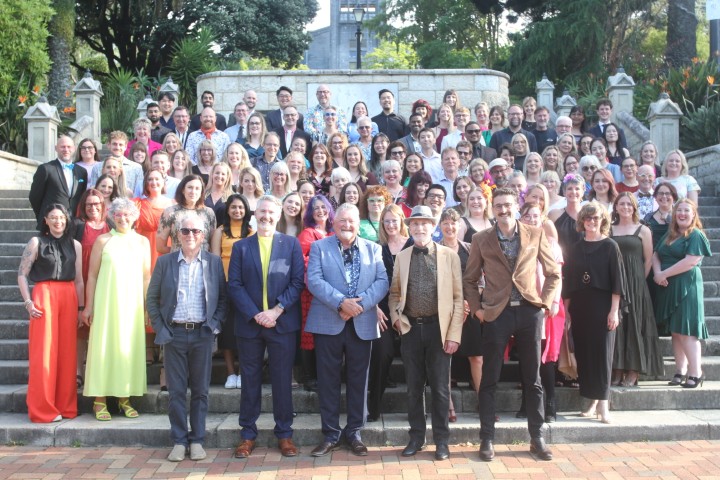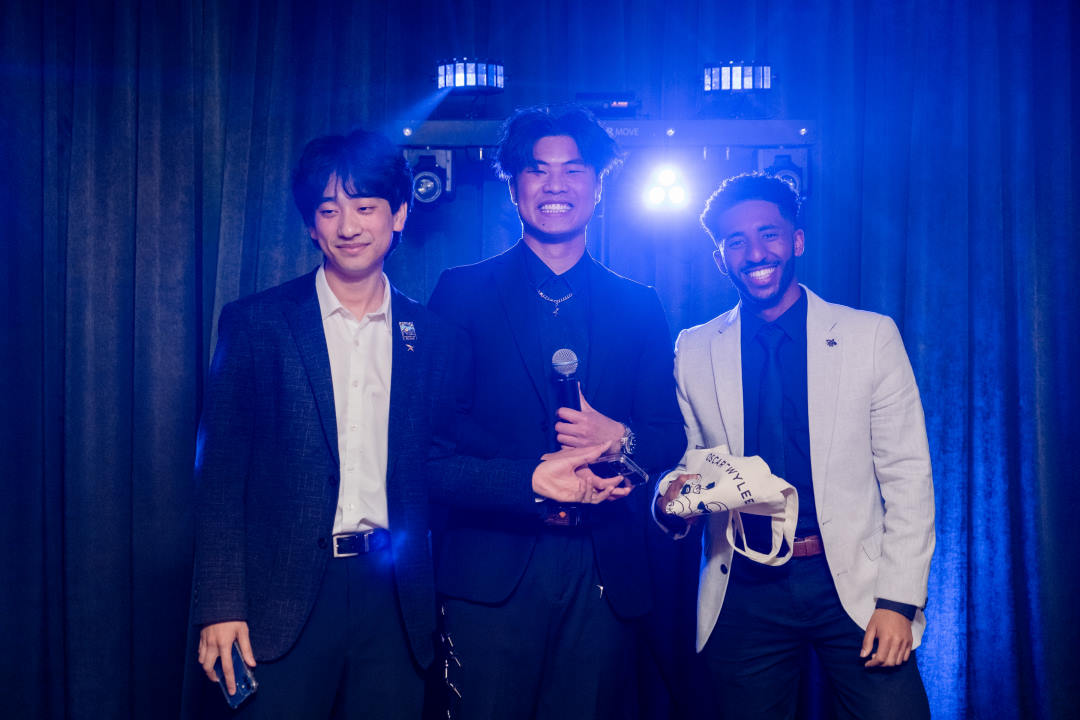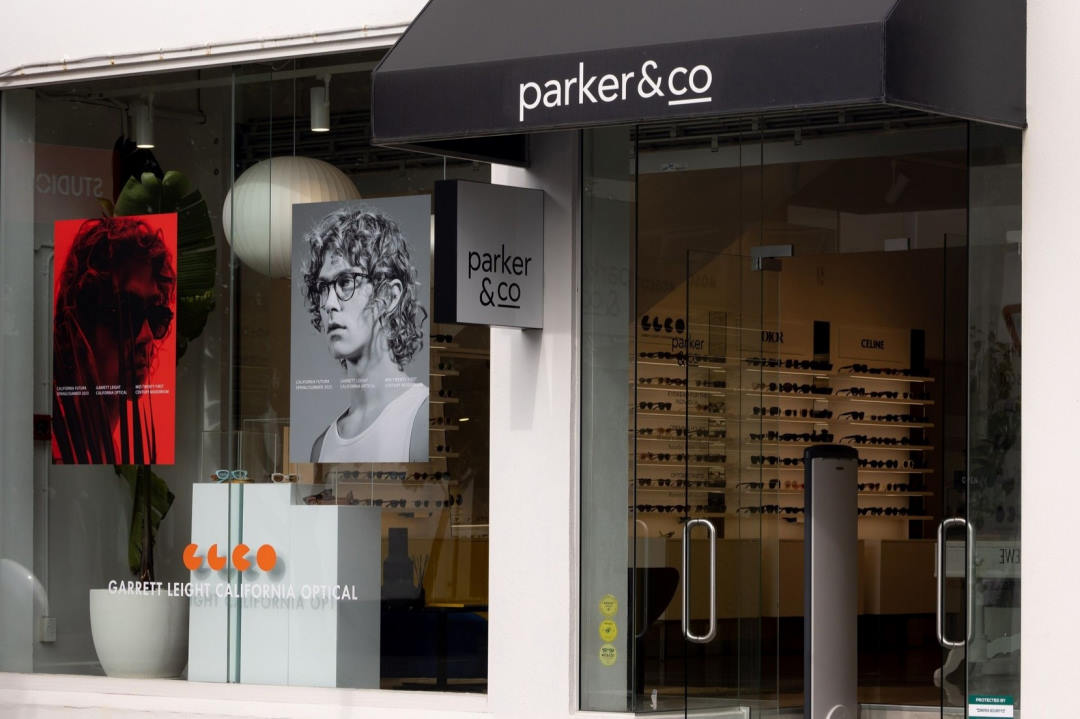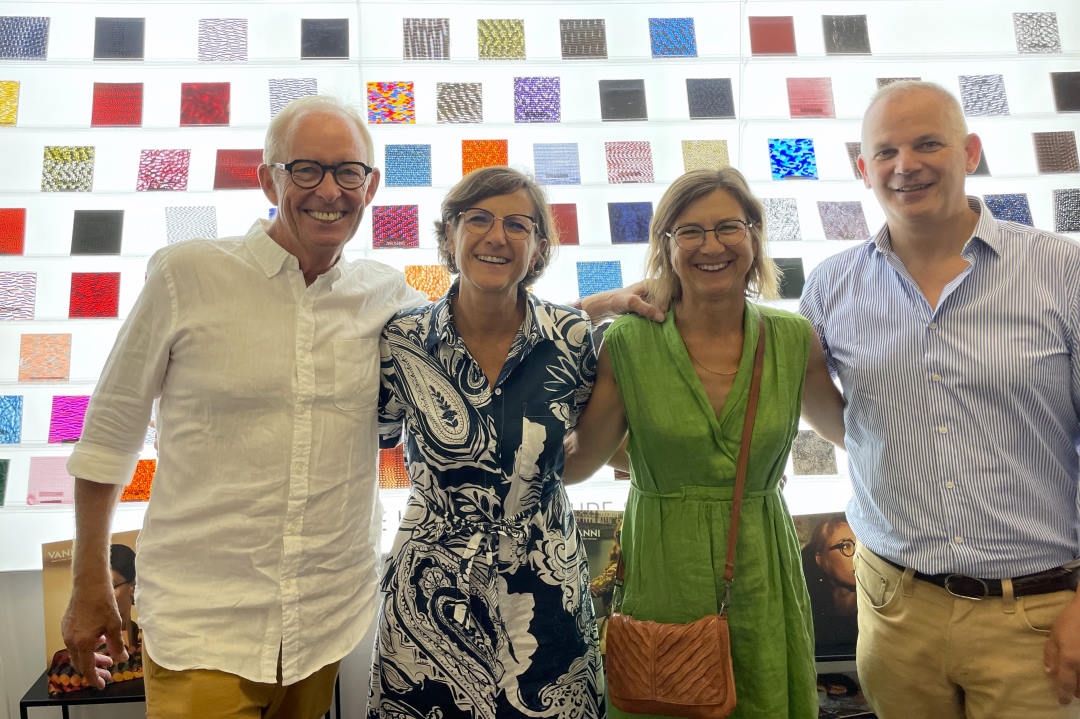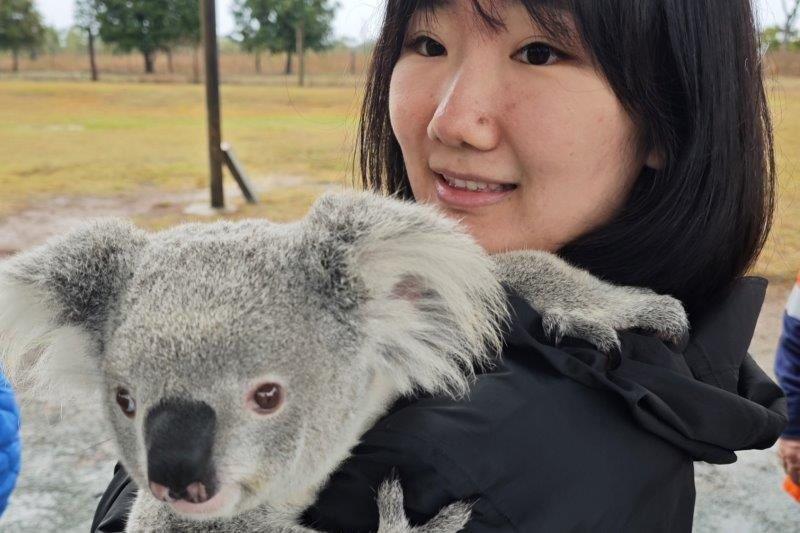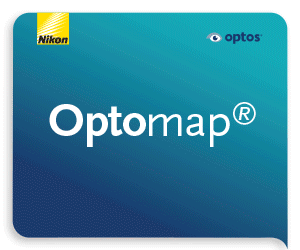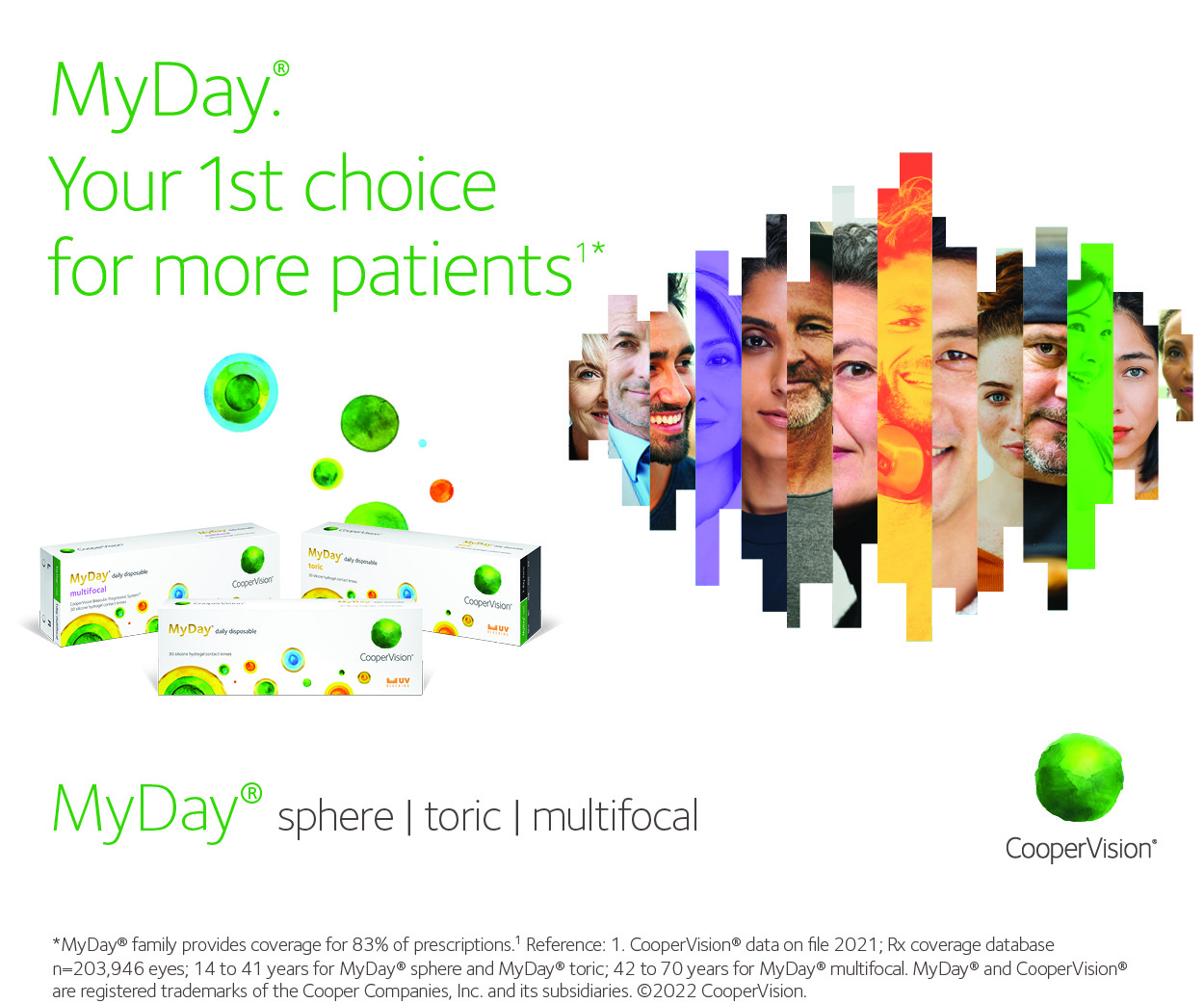Optoms’ charges and costs examined
The correlation between the cost of an eye exam in New Zealand and what practices charge for it is a weak one, according to the initial findings of a new study.
BOptom student Georgia Cheng, from the School of Optometry and Vision Science at the University of Auckland, reviewed optometry practice charge-out rates and operating expenses in New Zealand. The mean length of an eye examination was 43 minutes, she said, while the average break-even charge was $30 and the average practice charge $97.57 per exam. Of the 15 practices who participated in the study, six were based in Auckland and five in Wellington.
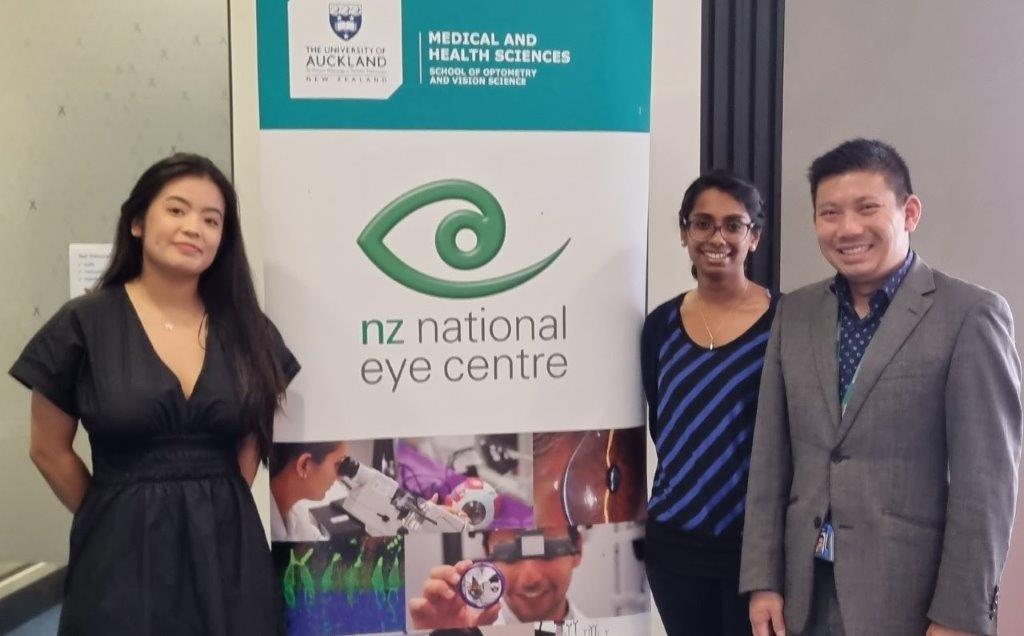
Georgia Cheng with SOVS supervisors Dr Renita Martis and Robert Ng
“Even though we had a small sample size, the data were consistent among the practices,” said Auckland University teaching fellow Robert Ng, one of Cheng’s supervisors. “As this is the first study (as far as I know) for the industry in New Zealand, it is a good baseline and hopefully we can improve on the response rate in future studies.”
The average cost and current charge rate per eye exam were found to be less in Auckland than in Wellington, a finding Cheng said was likely due to the market in Auckland being highly competitive. Despite this, Auckland practices were found to be more profitable than their Wellington counterparts. Cheng also observed that rural and urban practices were charging similar rates and said she was surprised to discover that independent practices that are part of buying groups charged more per exam than individual independent practices.
Practices were also asked about patient demographics, with results indicating that patients from high socio-economic backgrounds and patients from low socio-economic backgrounds were charged similarly. This was potentially indicative of inequities when it comes to accessing eye exams in low socio-economic regions, said Cheng.
“It may be that practices with a higher percentage of high socio-economic patients are undercharging for eye exams; something that should be analysed in further detail,” said Ng.
While further research with more participants and a wider spread of different ownership types, practice setting and locations would give a more accurate and representative result, Cheng said she hopes practices will use the study for benchmarking. “This would allow practice owners to compare with others and could help improve decision-making and performance.”
Ng said he hopes the data will help guide future policy, supporting practices negotiating hospital contracts and inform the Ministry of Social Development’s (MSD) support for eye exams and glasses. “Currently MSD pays $70 for an eye exam, which is below the average in our study and below the average published in the consumer price index.”





